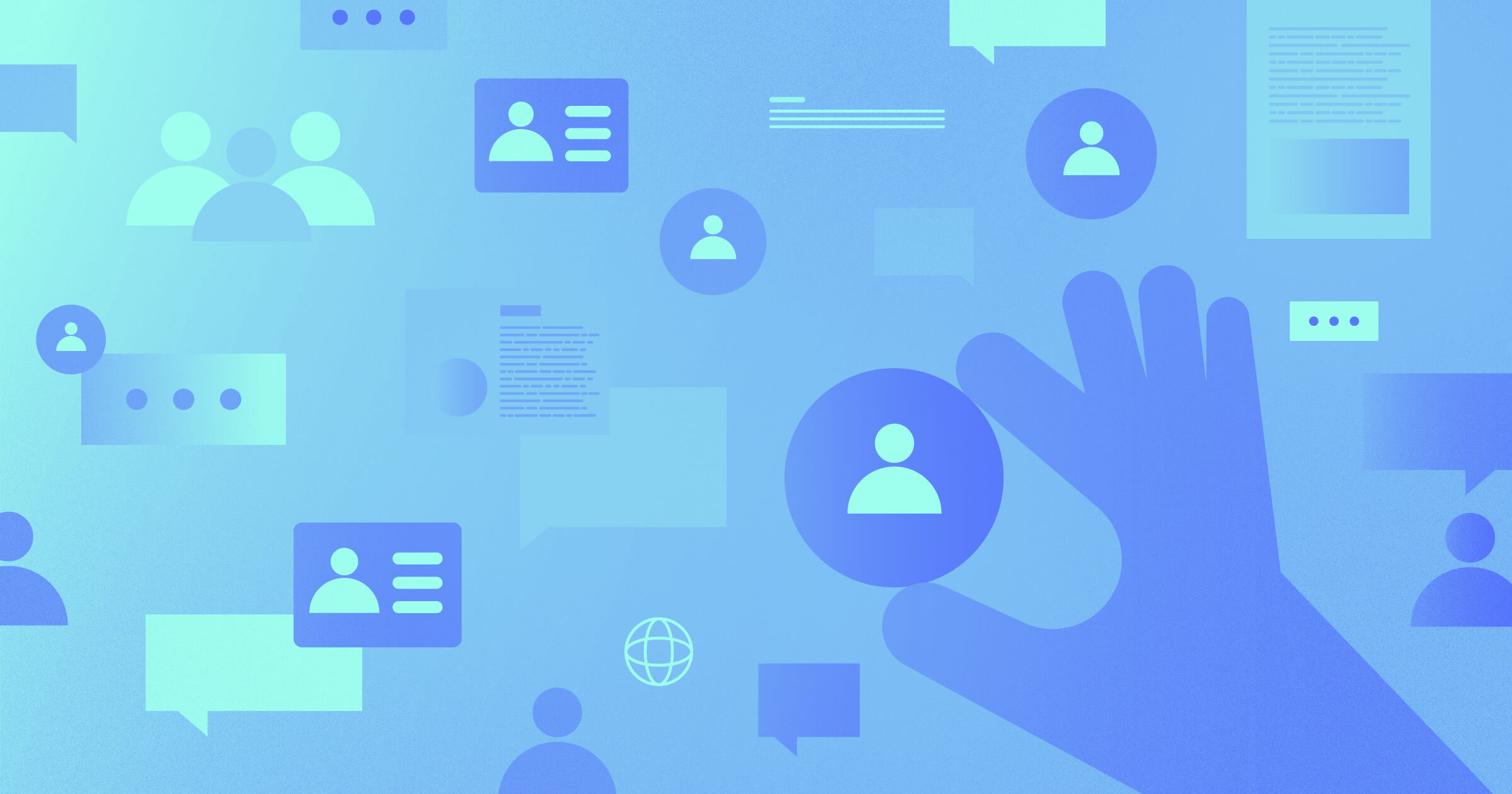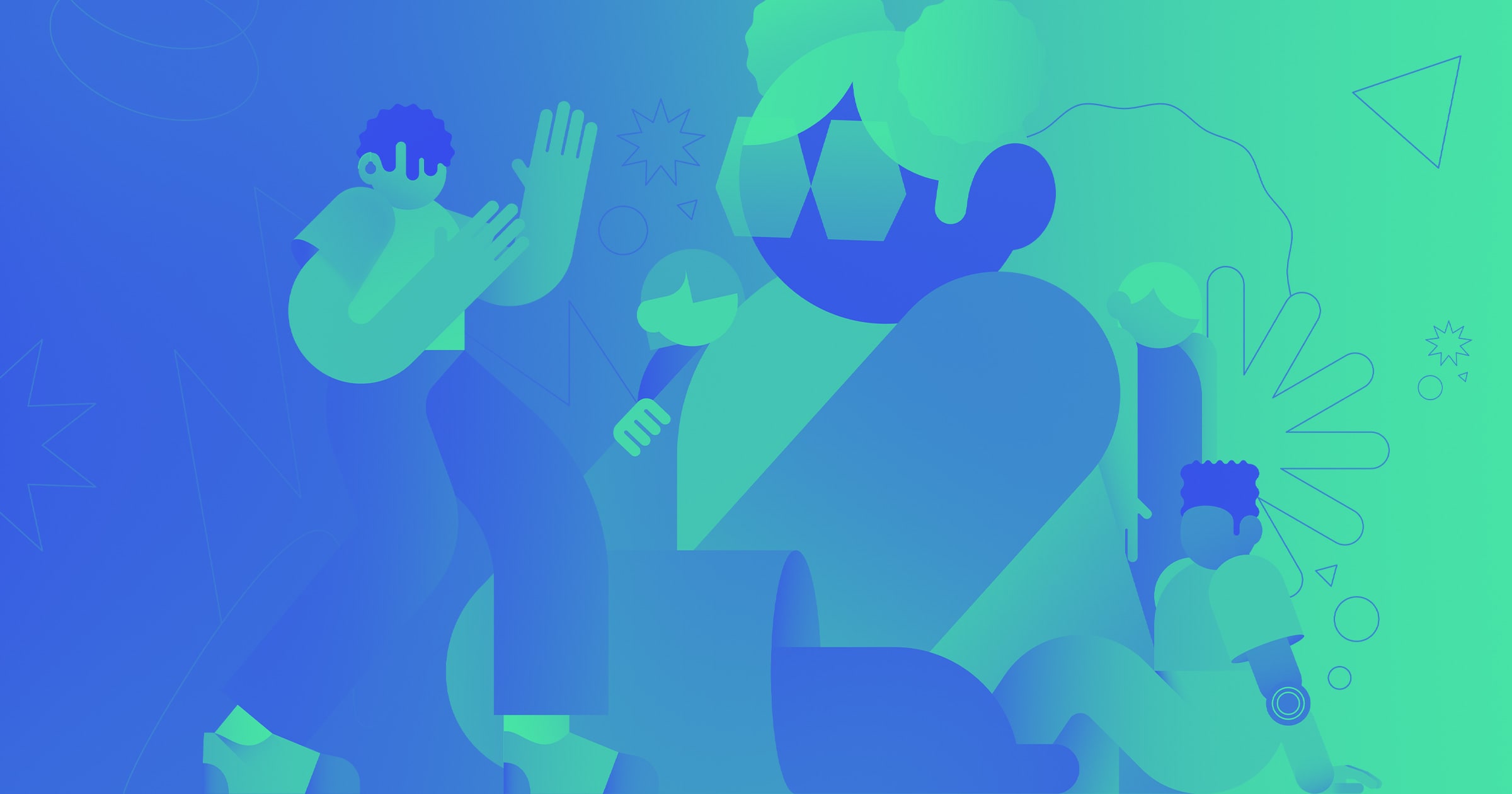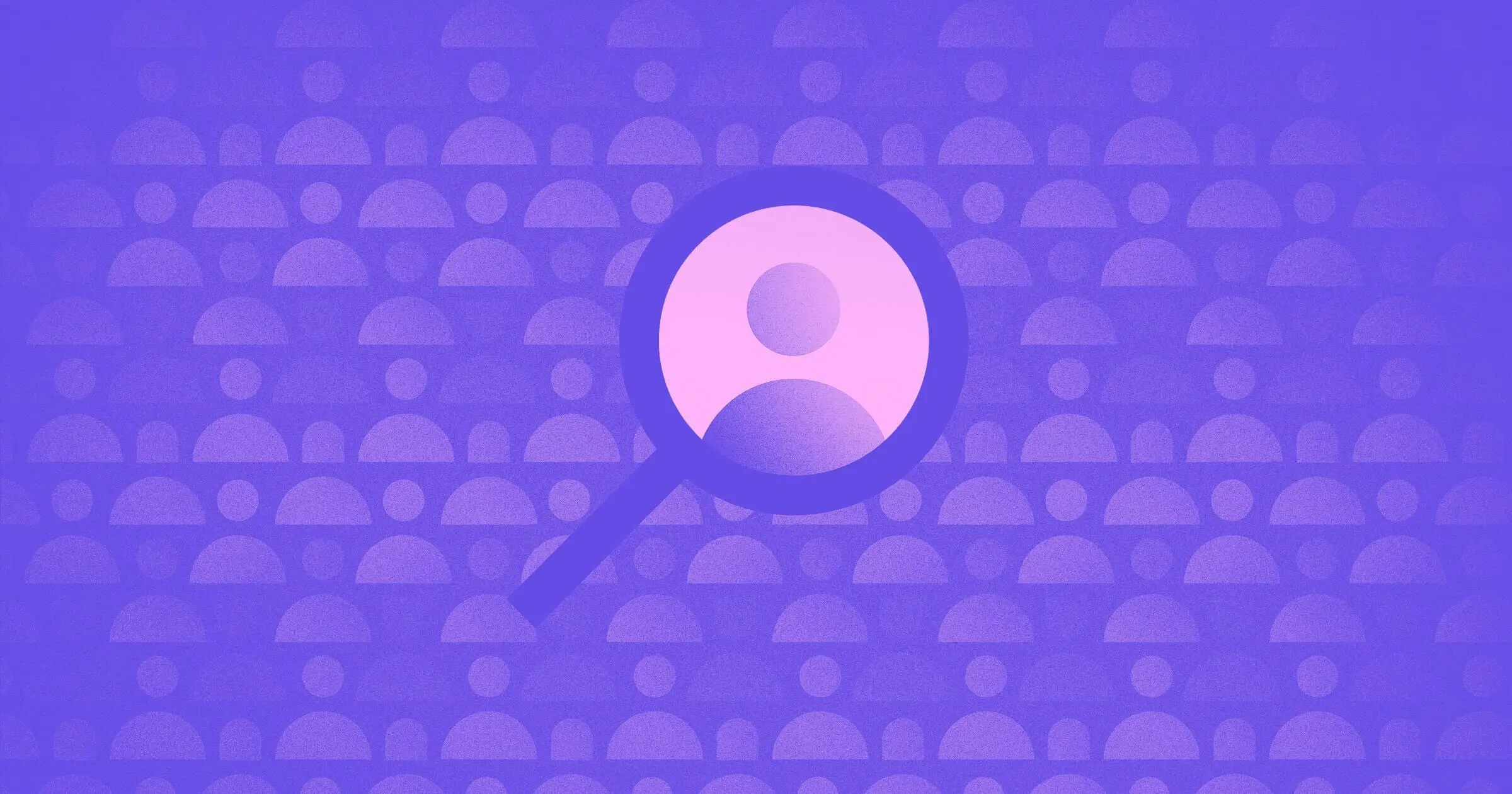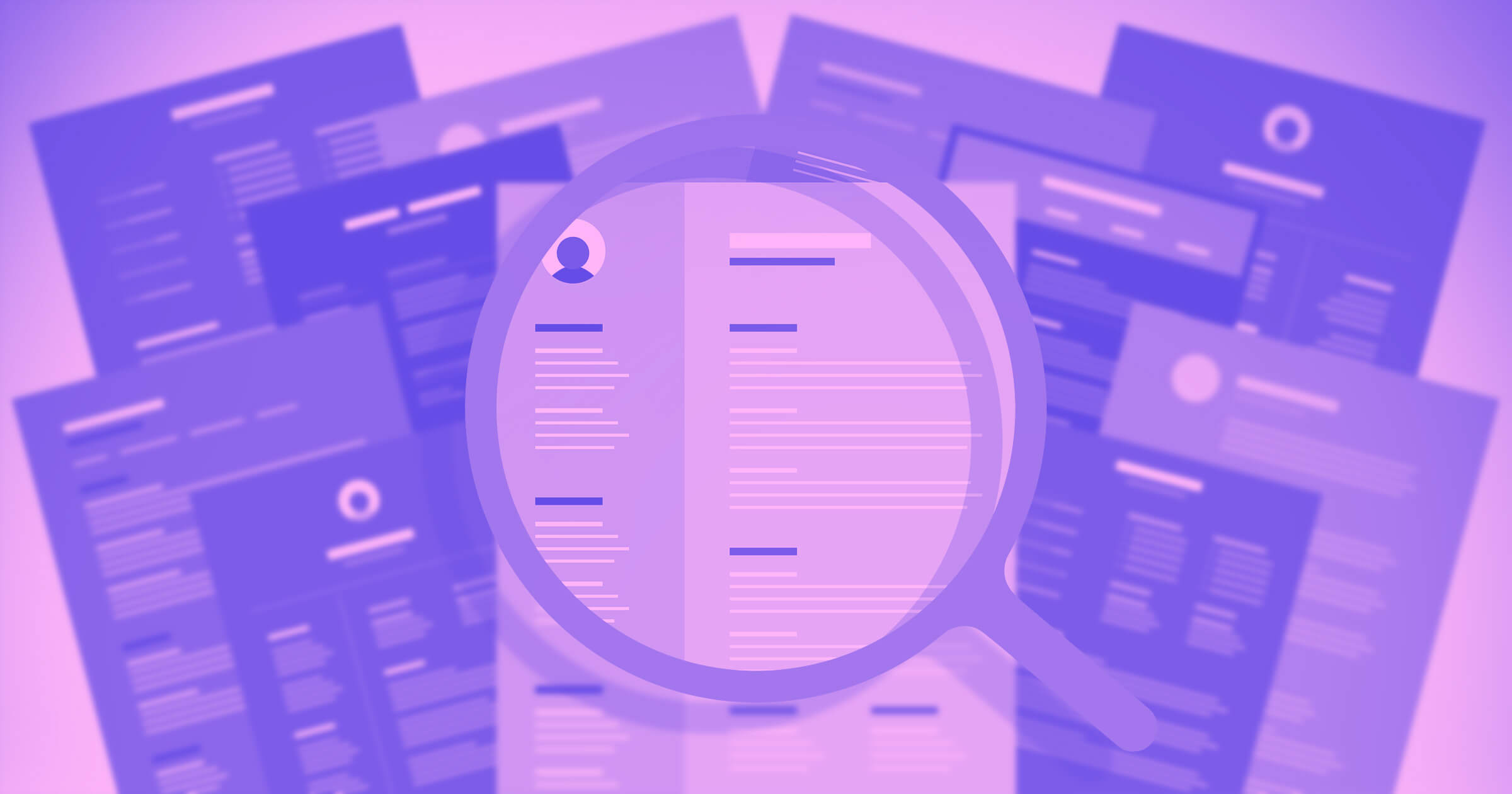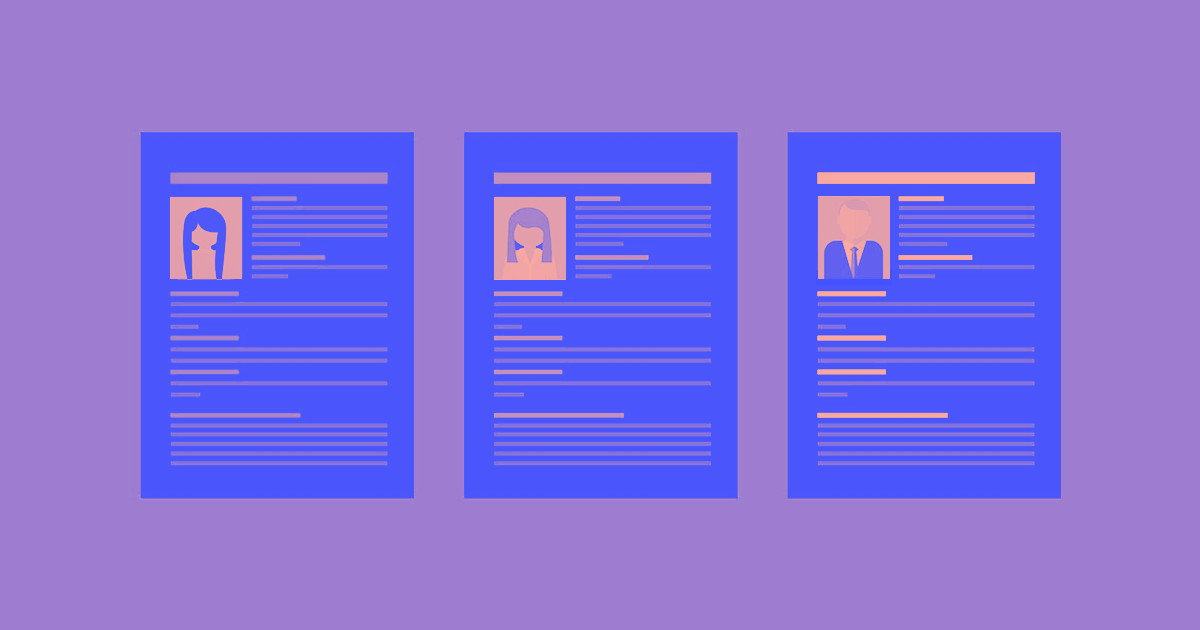Adversity, immigration, womanhood, race, sexuality — all paths can point to Webflow.
The tech industry attracts candidates of all backgrounds ranging from bootcamp grads to college grads to second career professionals.
But what does it really take to break into the industry?

At Webflow, we hire candidates from all backgrounds. We recognize that talent isn’t only determined by FAANG (Facebook-Amazon-Apple-Netflix-Google) or ivy league institutions. In fact, talent is everywhere!
One of the reasons why it’s so hard to break into the tech industry is because of the current insider vs. outsider mentality. At Webflow, we want to evolve from that perspective and highlight how important and valuable it is to attract and retain talent from all backgrounds.
In the spirit of showcasing talent who originally worked in other industries before joining us at Webflow, we interviewed three current members of the Webflow team from across the United States.
Interview Panel:

Briefly describe your life before Webflow (and tech).
Anya: “I’ve always had a love for computers. In Ukraine, I went to school for engineering. After graduating, I was told I would be unable to find a job in engineering in Ukraine because I’m a woman. Therefore, I had to take a job in social services in Ukraine. I self taught myself in basic coding skills by taking online courses in programming. I then met my husband who’s a software engineer. We got married and moved to the United States. While looking for a job in the US, I started watching free courses on web design. I found Webflow while learning web design.”
Jules: “After college, I chose nursing as a career because I love working with people and options were very limited where I grew up in Montreal. I liked my job as a nurse but I didn’t feel connected to healing people in the way I wanted to. So, I decided to pursue a Masters in Business Administration in order to work with nonprofits. I absolutely loved social businesses. I eventually found tech then Webflow because I wanted to work for a company with a strong mission around social impact.”
Sean: “Before Webflow, I worked for a union and then a public health nonprofit as a project manager. In order to make extra money, I also worked for a resume writing startup part time. While working for the resume writing startup, I realized that I had a strong interest in HR and I also was tired of working two jobs to afford my lifestyle. I decided to transition into tech but I was looking for an innovative environment with high growth potential while being in touch with social issues. I then found Webflow through a random search of tech companies’ mission statements.”
What transferable skills do you feel are most relevant to tech?
Anya: “Problem solving, collaboration, understanding how to leverage tools to solve problems, and processing logic.”
Sean: “Project management, strong writing skills, resilience, detail oriented, being able to be persuasive, stakeholder management, and coaching upward.”
What strategies did you use to find a job at Webflow?
Jules: “Personally, I made personal connections through my nonprofit work. One of the cofounders used to volunteer at the nonprofit I managed. Tech definitely found me as I was provided an opportunity to join the Webflow team through the cofounder.”
Anya: “I wasn't specifically looking for a job at Webflow. It was an organic development. I loved the product. I started to deeply learn about the product and then helped others to learn it. This gave me a great opportunity to build many great connections. I was then recognized as a good candidate for a job position that was opened at that moment.”
What sign(s) did you look for to ensure Webflow matched your career interests and personal values?
Jules: “I was looking for self-development over ‘a career,’ so I asked questions around that. I wanted to work in a tech environment, I wanted to learn about tools and ways people build processes, teams, products… For personal values, I would say pay attention to how they talk about their people, how they react in hard situations. You can tell a lot by how people by how they do hard times. Also, know your own personal values, it will save you a lot of frustration.”
Sean: “As a Black man and member of the LGBT community, an inclusive company culture is always a priority. For me, a company’s mission statement is the first step to gaining insight into a company’s culture and direction. After reading the mission statement and core behaviors, I was hooked but I did other research too to ensure Webflow wasn’t too good to be true. I also looked up Webflow’s social presence, checked out our website and blog, as well as searched for Webflow on Crunchbase to see if it was stable as a company.”
What has been your favorite moment at Webflow?
Anya: “My favorite Webflow moment was when I met everyone in person for the first time after being months on video chat. When Webflow was a much smaller company, we would’ve a holiday party every year. All the families were invited. It was such a warm and welcoming moment.”
Jules: “As the second member of the People team, it has been so great building the team with very talented and kind people. It’s incredible to see your projects taking form so fast and with so much talent behind it.”
Sean: “Our People team retreat in San Diego, CA has been by far my favorite moment. It was the first time I was able to share work-life experiences with coworkers in a thoughtful way. It made me really feel like Webflow cares and wants our team to succeed.”
Final advice you would give to candidates?
Anya: “You need to really immerse yourself in tech if you want to have a career. You also should have a pay-it-forward attitude.”
Jules: “Be yourself, reach out to talk to people in that field and ask them about their jobs and listen for the language they use, pain points, what excites them… Catching the culture of a new job is really hard but if I had exposed myself to tech companies I would have been able to have more realistic and approachable expectations.”
Sean: “Success can be defined in many ways. Don’t be afraid to challenge the status quo.”
As a current (or future) candidate, we hope this interview gives you some unique insights into Webflow’s culture! If you’re inspired after reading this, apply to come work with us!
Did we hit the mark? What other questions do you have for Webflow staff members? Comment below and we might feature your questions in a future blog post.



















Get started for free
Create custom, scalable websites — without writing code. Start building in Webflow.






